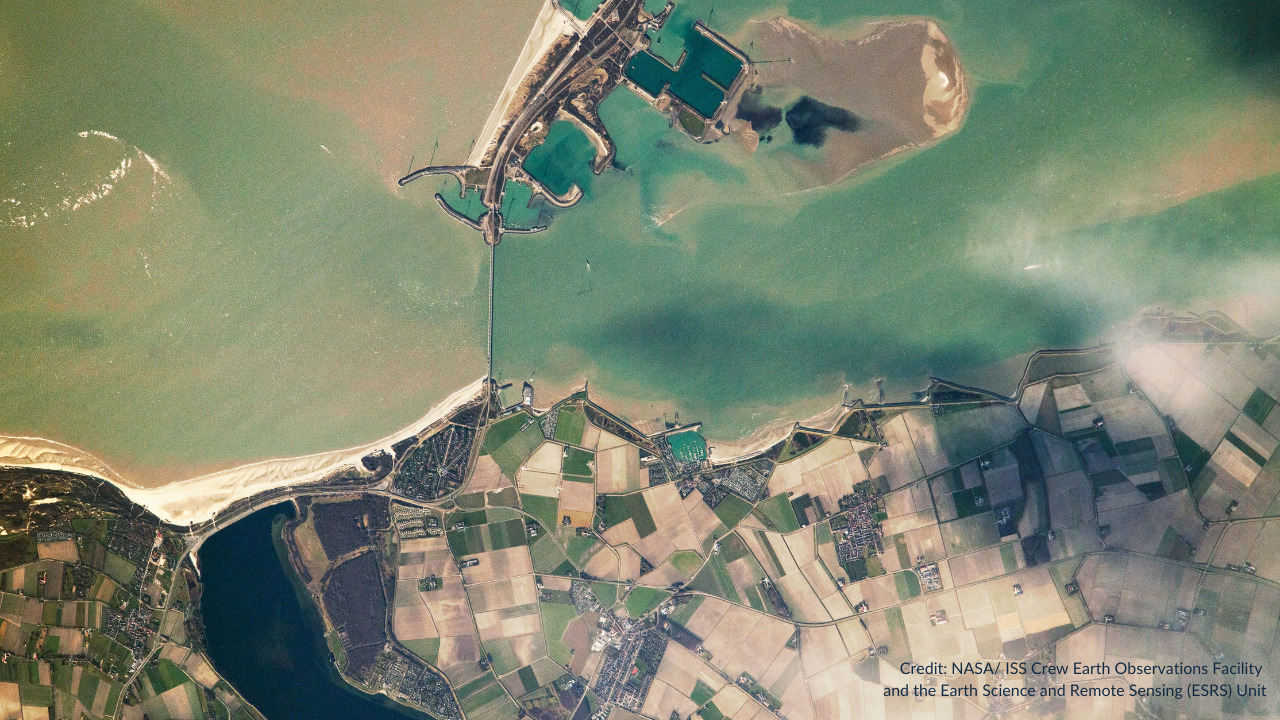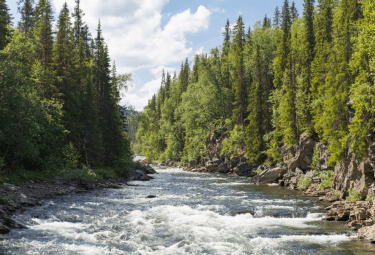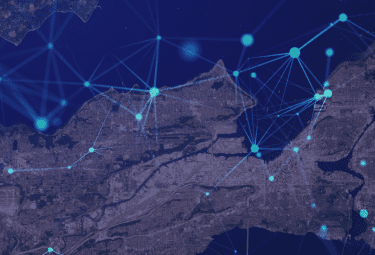Innovation to Impact. See you at the July ESIP Meeting.
Guest Blog: How Can Earth Science Data Enhance Community Resilience?

Credit: NASA/ISS
Zeeland – Dutch for “sea land” – is part of a network of land reclamation and coastal protection projects that have allowed approximately nine million people to adapt to living below sea level. Credit: NASA/ ISS Crew Earth Observations Facility and the Earth Science and Remote Sensing (ESRS) Unit
Climate change, natural disasters and public health threats test the durability of our society. Community resilience focuses on the capacity to respond and bounce forward after these life-changing events. How can our Earth science research and data work towards making place-based communities more resilient?
There is no single answer, especially because every community is different. To enhance place-based resilience in Earth science research, the ESIP Community Resilience Cluster recently published an article in the Frontiers in Climate journal. The goal is to help data professionals and Earth scientists interested in growing their professional skills. Specifically, to impact place-based communities and address the needs and self-determination of historically marginalized communities.
The authors include Arika Virapongse from Middle Path EcoSolutions and Ronin Institute, Rupanwita Gupta from Rupu Gupta Consulting, Zachary J. Robbins from North Carolina State University, Jonathan Blythe from the Bureau of Ocean Energy Management, Ruth E. Duerr from the Ronin Institute, and Christine Gregg from the School of Information at the University of Michigan. Both Robbins and Gregg are past ESIP Community Fellows, and I currently serve as a Fellow for the cluster. Our collective work looks at how Earth science data can be developed and used more effectively. Equipped with actionable Earth science data, communities can make impactful resilience decisions based on the best information available.
Earth science data challenges in community resilience
The paper summarizes these challenges of using Earth science data to promote resilience in the communities:
- Inequity in the scientific process
- Gaps in data ethics and governance
- A mismatch of scale and focus
- Lack of actionable information for communities
Recommendations to enhance community resilience
The paper includes the following recommendations to overcome these data challenges and enhance resilience:
- Integrate communities into the scientific data pathway
- Build capacity to bridge science and place-based community needs
- Balance openness with self-governance
- Improve access to data tools to support community resilience
Reservoir runs dry in Mexico.
Credit: NASA/USGS
Water levels in the Cerro Prieto reservoir in northern Mexico ran dry in July 2022 affecting agriculture, tourism and the drinking water of Mexico’s second largest city. Credit: NASA/USGS – Operational Land Imager (OLI) on Landsat 8
Move community resilience forward in Earth science
As Earth science data researchers, we need to make sure we produce data and work that matters, that addresses real-world issues. Perhaps, we start with bringing in multi-sectoral partners who can work towards a shared goal of defining and enhancing community resilience. These partners could include rights holders where treaties and other agreements apply, historically marginalized communities as well as more traditional stakeholders, such as local or regional governments and commercial representatives.
Many groups are already implementing the recommendations and trying to weave community resilience into their Earth science data work.
For instance, Exchange for Local Observations and Knowledge of the Arctic (ELOKA) partners with Indigenous communities to support the management, visualization and ethical distribution of their data and knowledge. Thriving Earth Exchange acts as an intermediary organization connecting scientists and communities to collaborate on Earth science data access and analysis.
For the ESIP Community Resilience Cluster, the article is not an answer. The work is an ever-evolving question: How can Earth scientists contribute to community resilience?
Support Community Resilience
This blog post was written by Morgan Wofford with edits by Allison Mills, Rupu Gupta, Arika Virapongse and Ruth Duerr.
ESIP stands for Earth Science Information Partners and is a community of partner organizations and volunteers. We work together to meet environmental data challenges and look for opportunities to expand, improve, and innovate across Earth science disciplines.
Learn more esipfed.org/get-involved and sign up for the weekly ESIP Update for #EarthScienceData events, funding, webinars and ESIP announcements.



